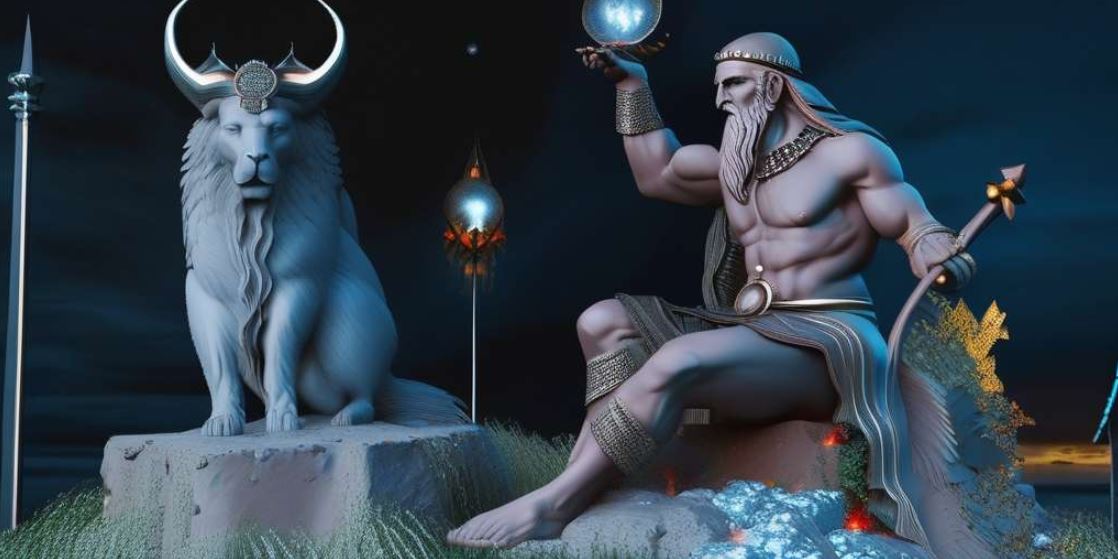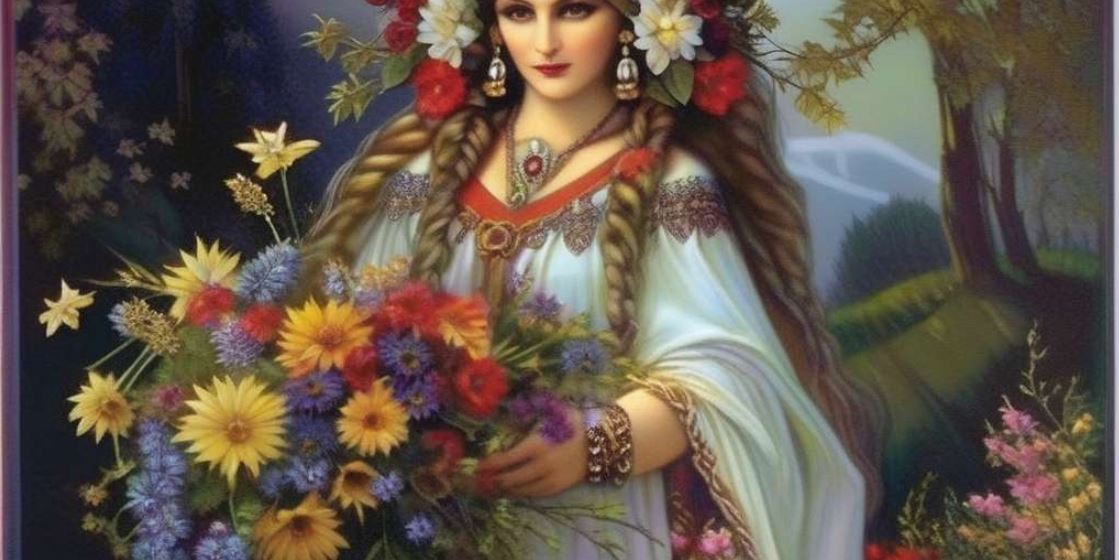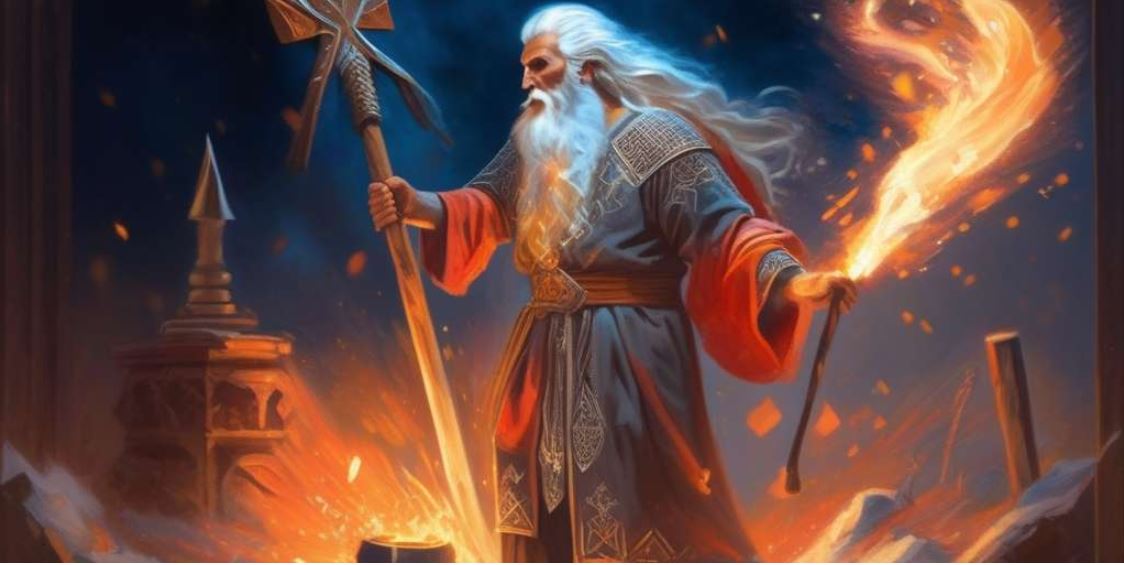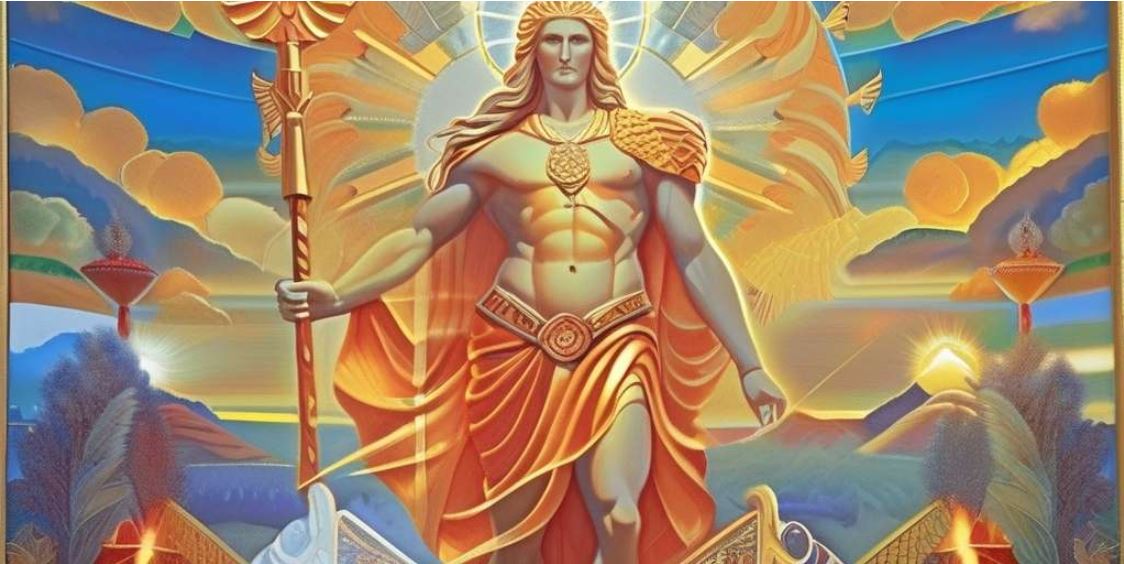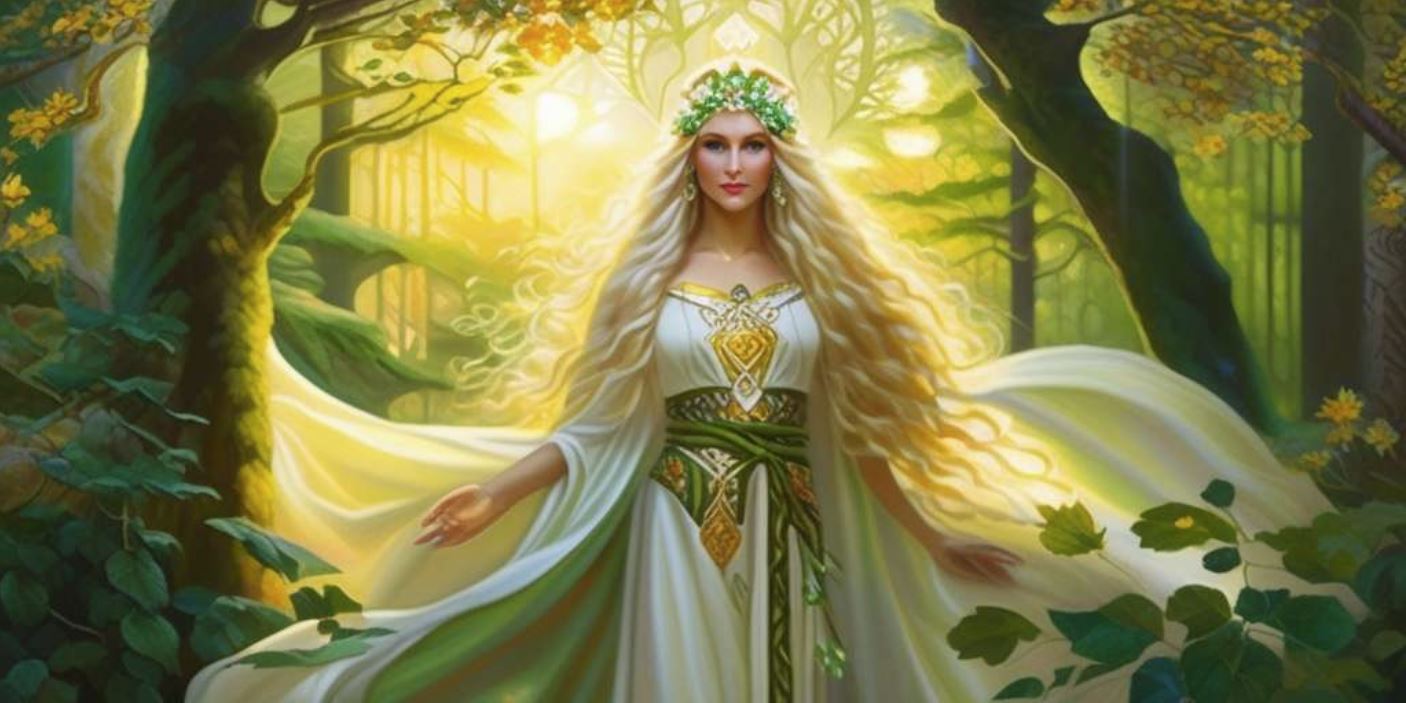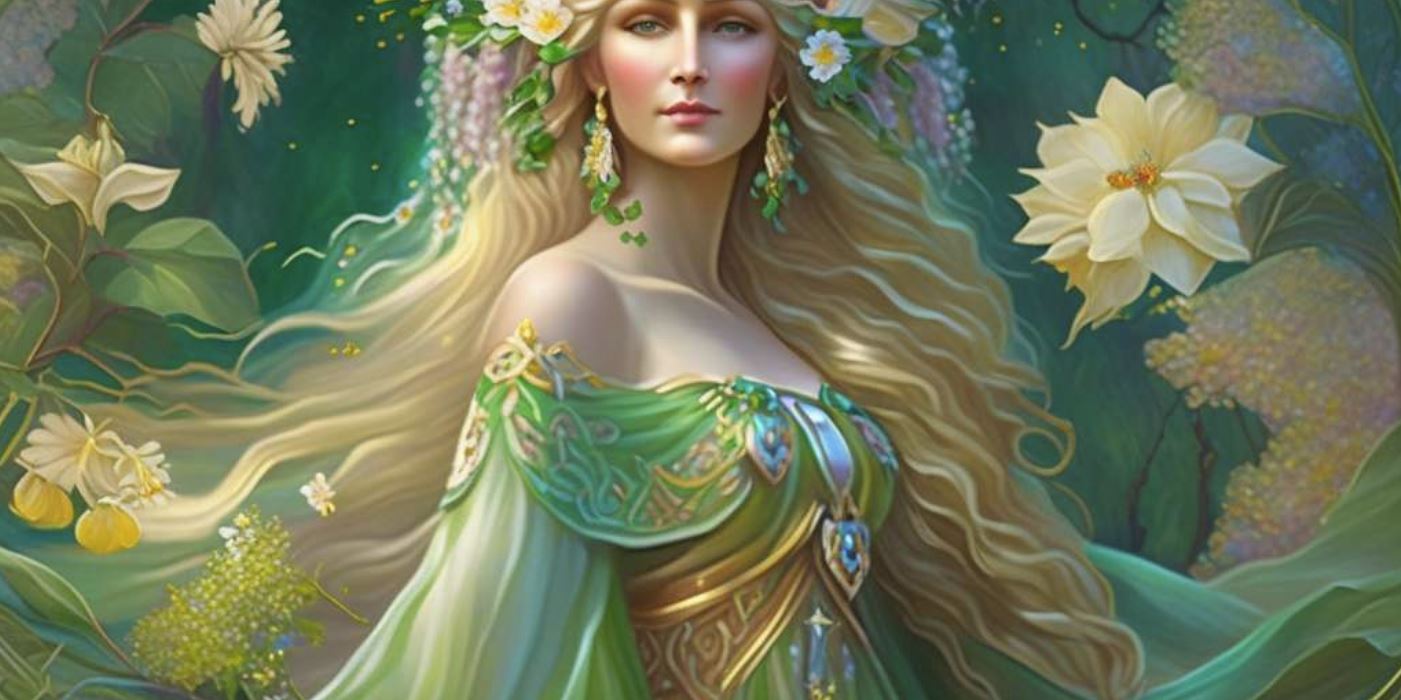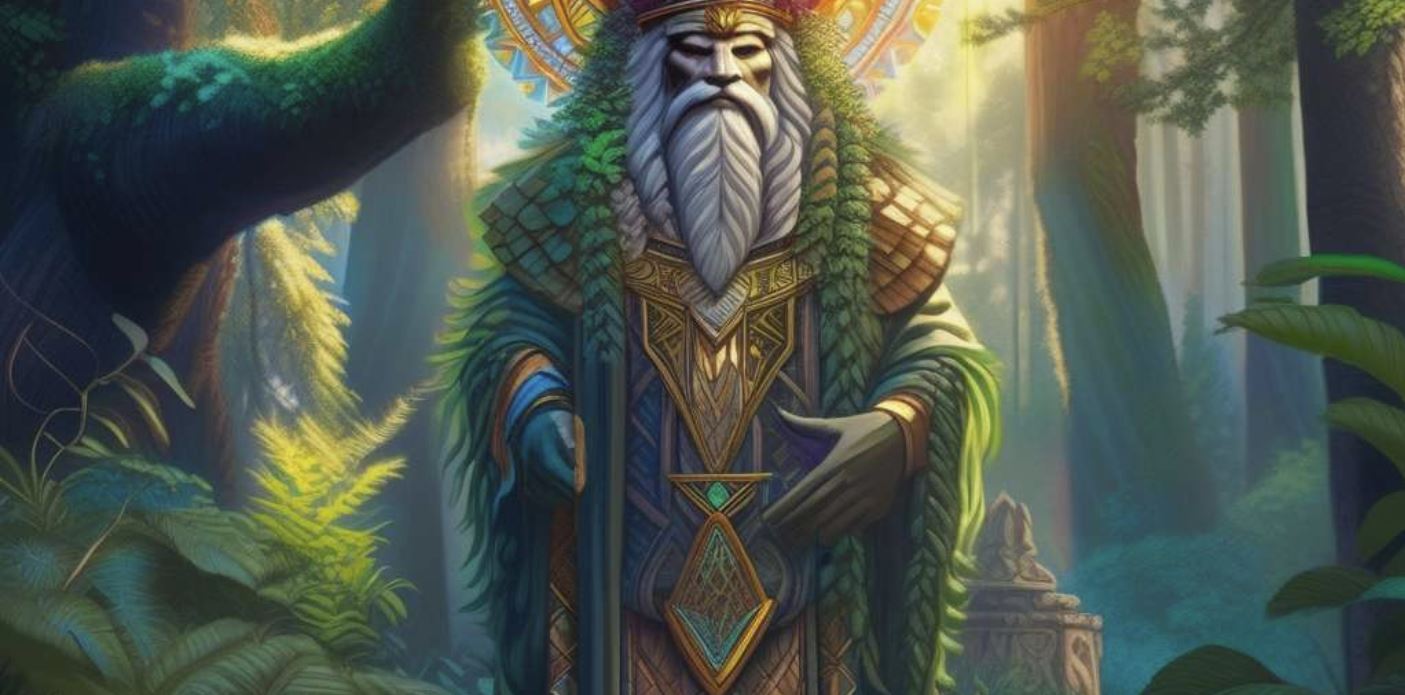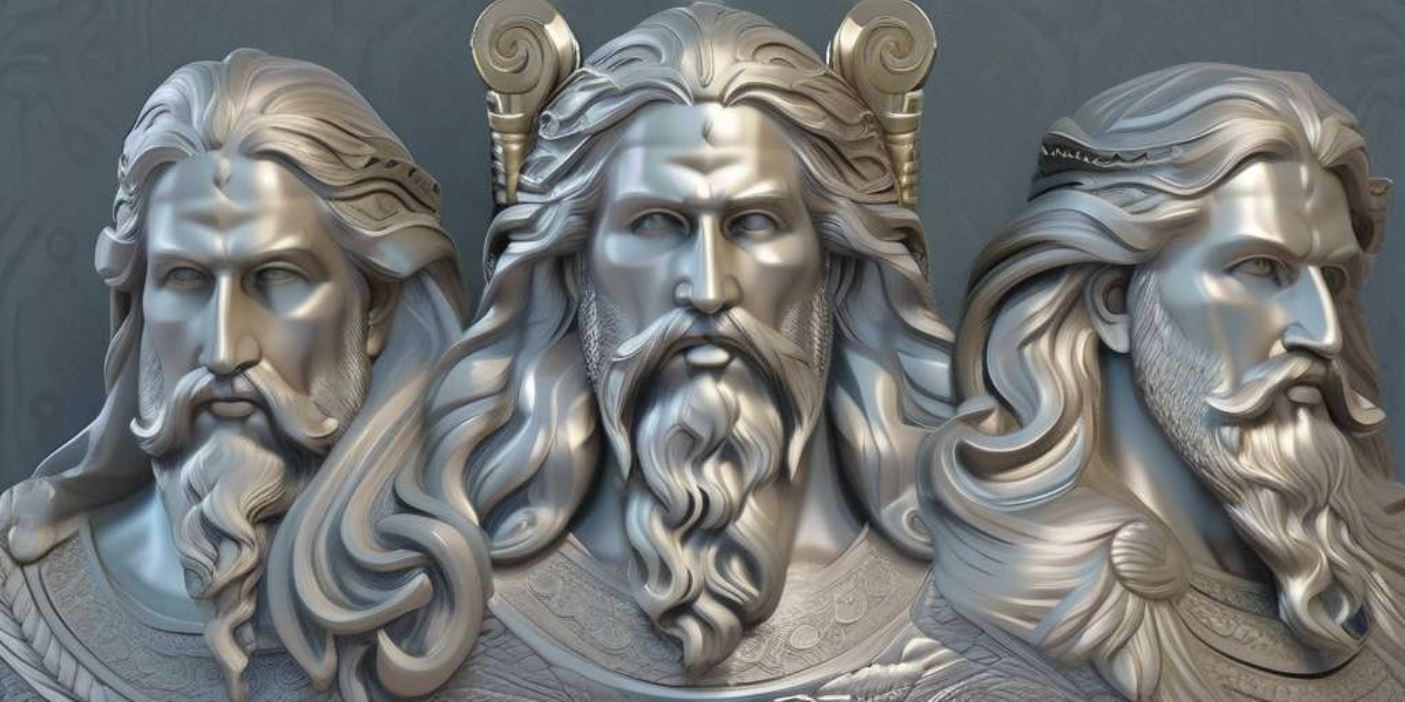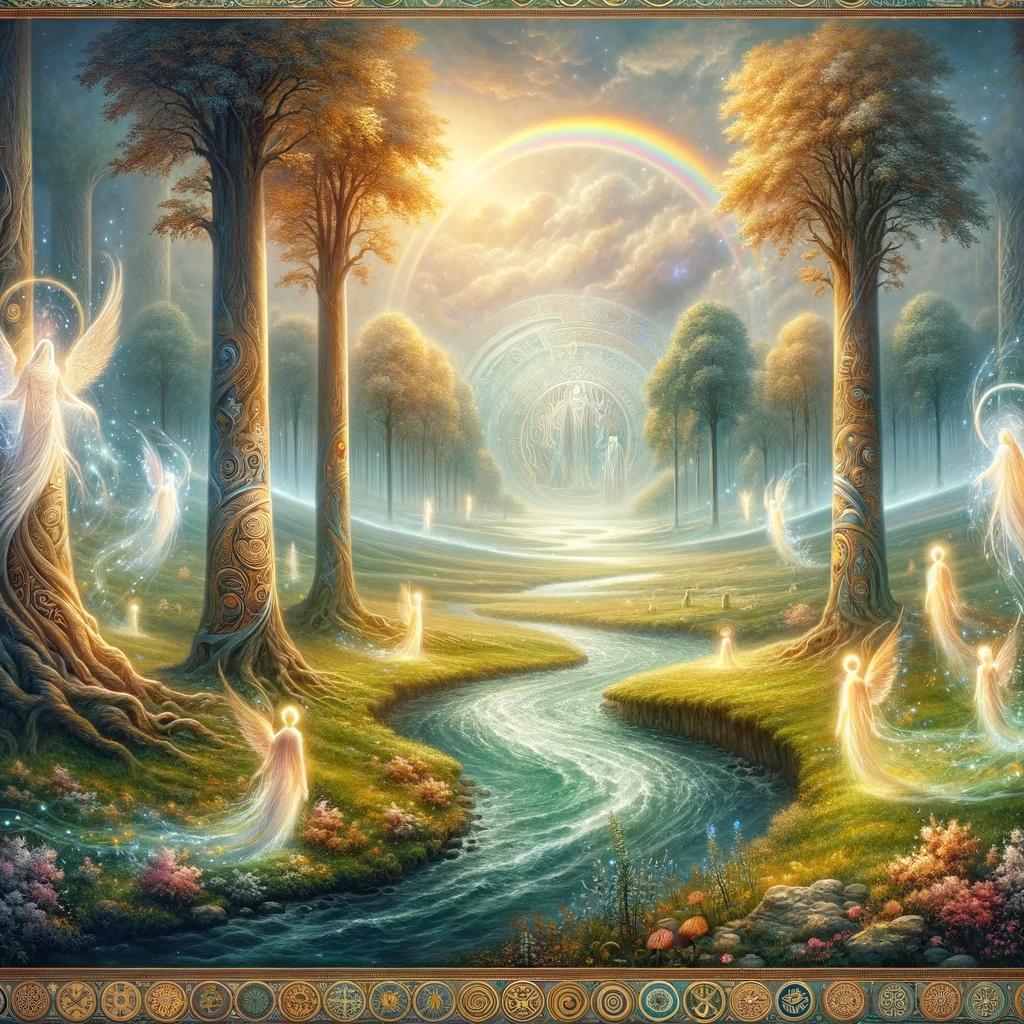Chernobog Slavic God: Unraveling the Mysterious Deity
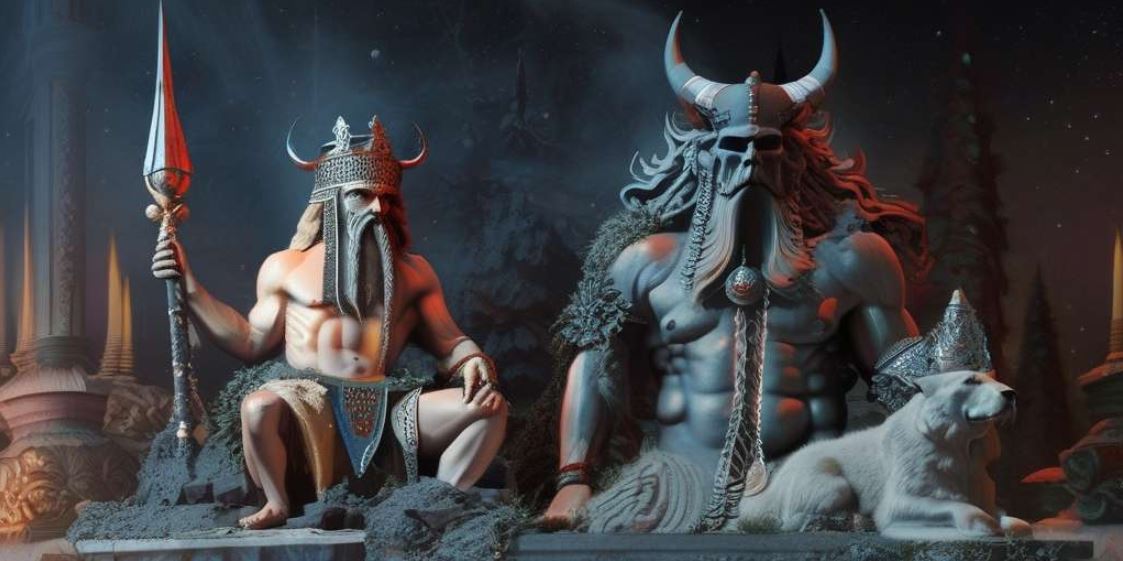
Chernobog, a mysterious deity of Slavic mythology, has captivated scholars and enthusiasts alike. Worshipped by the Wagri and the Obodrites, Chernobog is associated with misfortune and adversity. In contrast, Belobog, the opposing force, is seldom mentioned and is considered a creation in opposition to Chernobog.
However, the existence of both gods remains uncertain, with conflicting historical sources and a lack of consensus among experts. The influence of Christianity on the reinterpretation of Slavic deities after the Christianization era cannot be overlooked.
Despite their limited basis in original Slavic belief, Chernobog and Belobog continue to gain popularity in contemporary culture. (Note: The word count is 80 words)
The Origins of Slavic Mythology
The rich and fascinating world of Slavic mythology encompasses a diverse array of gods and beliefs that offer a glimpse into the ancient heritage of the Slavic peoples. Exploring this mythology allows us to delve into the cultural and spiritual tapestry that shaped the lives and worldview of these ancient communities.
Slavic Gods and Beliefs
At the core of Slavic mythology are the gods who were revered and worshipped by the Slavic tribes. These deities represented various aspects of nature, natural phenomena, and human experiences.
They were believed to possess great power and influence over the world.
Slavic belief systems emphasized the interconnectedness of all things, acknowledging that everything in the universe was imbued with a spiritual essence. This worldview fostered a deep reverence for nature and a close relationship with the gods.
Chernobog: The Mysterious Dark Deity
Among the pantheon of Slavic gods, one deity stands out for his enigmatic nature – Chernobog, the dark and ominous god associated with misfortune and disaster. Chernobog was believed to be worshipped by tribes such as the Wagri and the Obodrites.
Often depicted as a malevolent force, Chernobog represented the darker aspects of life and was associated with chaos, destruction, and the unknown. His worshipers sought solace and protection from his wrath, appeasing him through rituals and sacrifices.
Belobog: The Opposing Force
These sources, although valuable in their own right, lack the consistency and reliability necessary for drawing definitive conclusions about the existence and nature of these deities.
Some researchers argue that Chernobog’s mention in later sources could be a result of misunderstood folklore or Christian influence on Slavic beliefs. The blending of pagan and Christian elements during the Christianization of the Slavic region might have led to the creation or reinterpretation of these deities.
Lack of Consensus in the Academic Community
The controversies surrounding Chernobog and Belobog extend to the academic community itself, where there is a lack of consensus regarding their significance and authenticity. Different scholars hold varying opinions and interpretations, leading to ongoing debates and discussions.
While some emphasize the importance of Chernobog as a god of misfortune and darkness, others question his existence altogether, considering him a product of Christian demonization of Slavic mythology. The absence of Belobog in many ancient texts adds further complexity to the debate, leaving room for speculation and alternative theories.
The blending of pagan and Christian influences further complicates the understanding of these deities, making it challenging to draw definitive conclusions about their existence and significance in ancient Slavic mythology.
The process of Christianization led to a reinterpretation of the Slavic gods, including Chernobog and Belobog.
Consequently, many aspects of the once-pure Slavic mythology became intertwined with Christian teachings.
This association tied in well with Christian notions of good versus evil and helped delegitimize the worship of Chernobog and other Slavic deities.
Over time, as Slavic lands became fully Christianized, original Slavic mythology gradually faded away, giving rise to a new mythological framework inspired by Christian teachings. The veneration of Chernobog and Belobog diminished, and their significance in Slavic culture diminished as well.
Despite the evolution and reinterpretation of Slavic mythology, the original beliefs and practices continue to hold some significance in certain subcultures and pagan revival movements. These groups seek to revive and preserve the ancient beliefs, including the worship of Chernobog and Belobog, as a way to reconnect with their Slavic roots and explore the pre-Christian spirituality.
Over the years, Chernobog and Belobog have captured the imagination of artists, writers, and filmmakers, finding their place in popular culture. Their dark and light duality, coupled with their mysterious origins, provides a rich backdrop for storytelling and creative interpretations.
In literature, these Slavic deities have made appearances in various works, both as major characters and subtle references. Authors have explored the contrast between Chernobog’s malevolence and Belobog‘s benevolence, using their personas to depict themes of good versus evil, chaos versus order, and the eternal struggle between opposing forces.
Film and television have also embraced the allure of Chernobog and Belobog. Through visual mediums, these deities have been brought to life, captivating audiences with their enigmatic presence. Their complex nature and intriguing symbolism have been incorporated into plots, adding depth and complexity to the narratives.
Artistic representations of Chernobog and Belobog have flourished, especially in the realm of visual arts. Paintings, sculptures, and illustrations have depicted these deities in striking and often contrasting ways. Artists explore the interplay between light and darkness in their works, capturing the essence of Chernobog and Belobog‘s eternal struggle.
Furthermore, Chernobog and Belobog have found their place in various forms of entertainment, such as video games and tabletop role-playing games. Players can immerse themselves in worlds inspired by Slavic mythology, encountering these deities and experiencing their power and impact firsthand.
- Artistic representations in paintings, sculptures, and illustrations
- Film and television appearances, adding depth to narratives
- Incorporation into literature, exploring themes of good versus evil
- Inclusion in video games and tabletop role-playing games
This widespread popularity in popular culture serves as a testament to the lasting fascination with Chernobog and Belobog.
Despite the uncertainties surrounding their existence in ancient Slavic belief, their enduring legacy continues to captivate and inspire, transcending time and geographical boundaries.
Lesson Summary
Through this exploration of Chernobog and Belobog, two intriguing deities of Slavic mythology, we have gained insights into the rich tapestry of Slavic beliefs. Chernobog, the mysterious dark deity associated with misfortune, is purportedly worshipped by the Wagri and the Obodrites.
In contrast, Belobog stands as his opposing force, the deity representing light and harmony. As we delved deeper, we encountered controversies surrounding the existence and nature of these deities.
Historical sources present conflicting accounts, leaving us with uncertainties about the validity of Chernobog and Belobog being authentic Slavic gods. Scholars within the academic community remain divided, lacking consensus on their existence and roles within the mythology.
This reinforces the need for further exploration and research to unravel the truth behind these enigmatic figures.
Furthermore, it is crucial to acknowledge the influence of Christianity on the reinterpretation of Slavic mythology after Christianization. The merging of pagan beliefs and Christian ideologies led to significant changes in the perception and understanding of deities like Chernobog and Belobog.
This influence reshaped their roles, attributing new meanings to their symbolism.
Despite the uncertainties and debates, Chernobog and Belobog have found resonance in popular culture. Their presence in contemporary literature, films, and art demonstrates the enduring fascination with Slavic mythology. However, it is important to note that these modern interpretations may deviate from the original beliefs held by the Slavic people.
In conclusion, the study of Chernobog and Belobog provides a glimpse into the intricate and complex tapestry of Slavic mythology. While uncertainties and controversies surround their existence, the allure and popularity of these deities continue to captivate our imaginations.
By exploring the origins, controversies, and societal influence, we gain a deeper appreciation for the ongoing fascination with Chernobog and Belobog and their place in the wider realm of mythology…………

